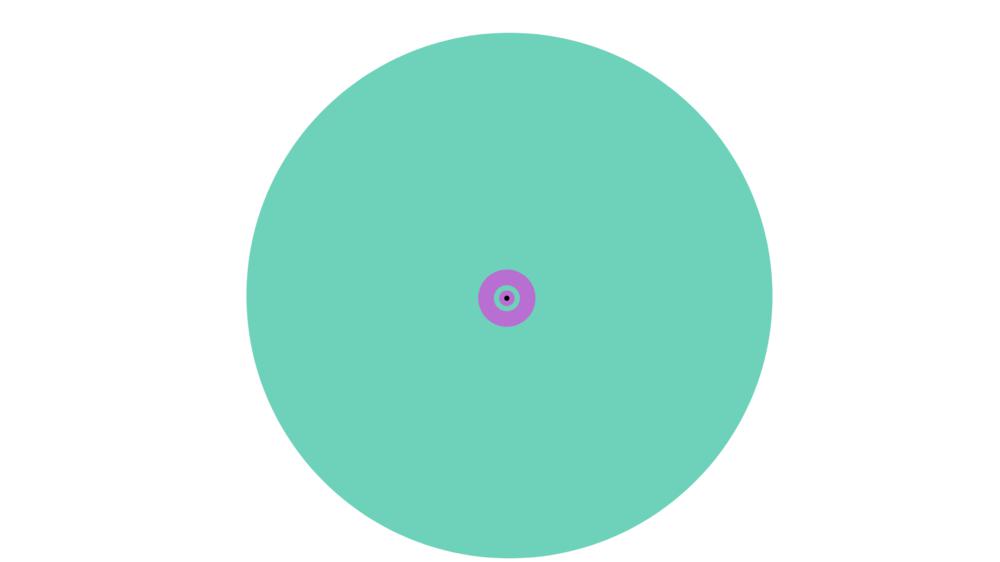2 hours ago, Yandia said:I think you are refering to " To move a distance of range 6 or farther, a character must generally undertake a journey in narrative time."
So you can argue that moving is to or from range band 6 is not allowed by the normal move one range band thing, because it takes narrative time to get there.
Two problems with that:
1. From 5 to 3 is still 400m to 10 m, which is on a round length of 15s about 26 m/s. That is a fast moving car (100km/h or 60miles/h), but we are not breaking the sound barrier.
2. The 3 samurai problem:
Kakita A is 400m from Doji B, who is attacked by Tsuruchi C further down the line (also 400m). Kakita A tries to reach Doji B to protect him, so she moves up to 10m close from range band 5 to range band 3. From Tsuruchi C perspective Kakita A is in Range band 6 and should not be able to join the fight, but after her turn she is now in range band ... and here I really have problems. Still in 6 because she can't move closer? Is she in 5 because she is now roughly in the same spot as Doji B, or is she in range band 4 because she was in range band 6 before and moved 2 range bands and is now closer to Tsuruchi C in terms of range bands dispite being further away in terms of meter?
The range band system looks good on paper, but as soon as you really want to apply the rules they break appart. The range band rules are only good as long as you ignore any movement rules and handle movement narratively (which I would not have a problem with, but that is not what is written in the book because for some reason you can move 2 range bands).
My favorite 3 Samurai problem:
You and your friend are hugging (Range band 0), an arrow whizzes by your head from range 5! You cannot let this stand! Entering water you simple manuever one range closer, range 1 from your friend, range 4 from your enemy. Then you take your once per round move, Range 2 from your friend, range 3 from your enemy. You are now 4 meters from your friend, and 10 meters from the enemy, *even though your friend and the enemy are 400 meters away from each other still*...Not to mention you're now 390 meters closer to the enemy, by moving 4 meters away from your stationary friend...Truly a samurai's greatest ability is to bend space around them, I don't know why that's not brought up more often in the narrative...

